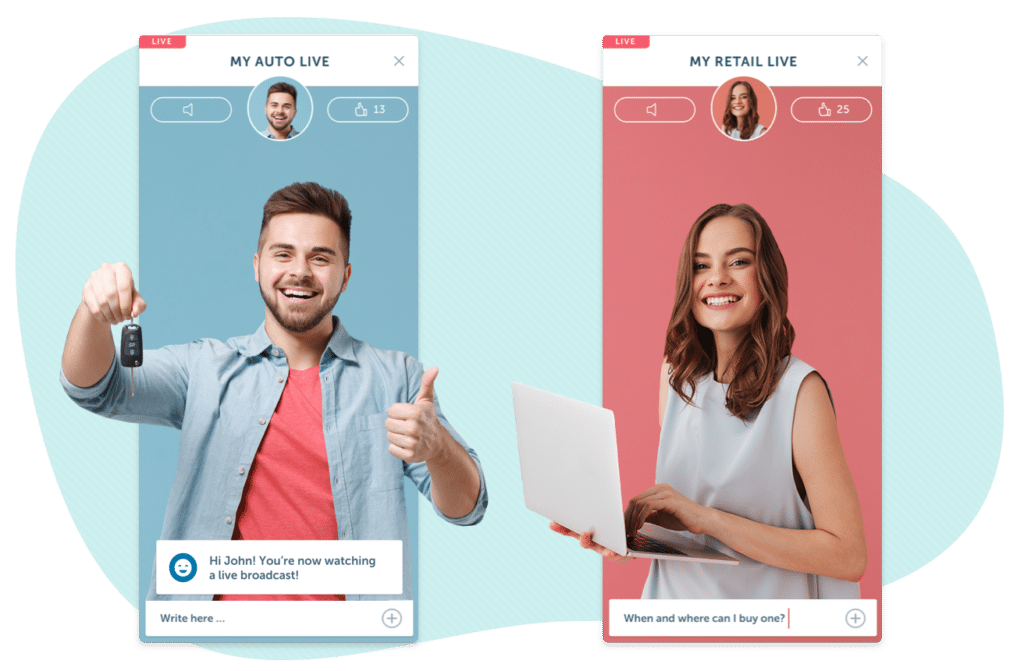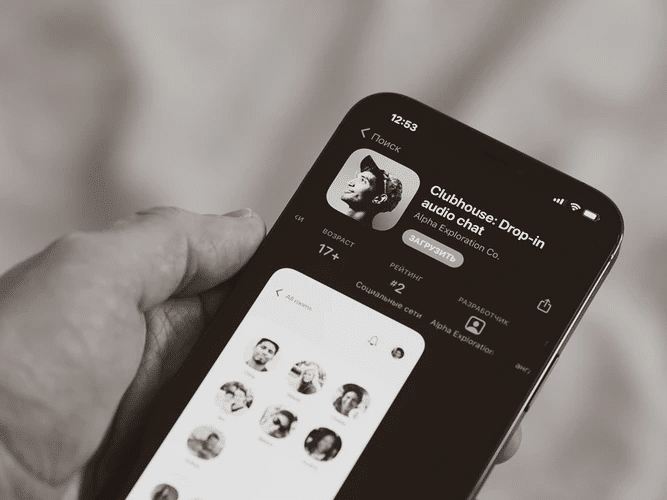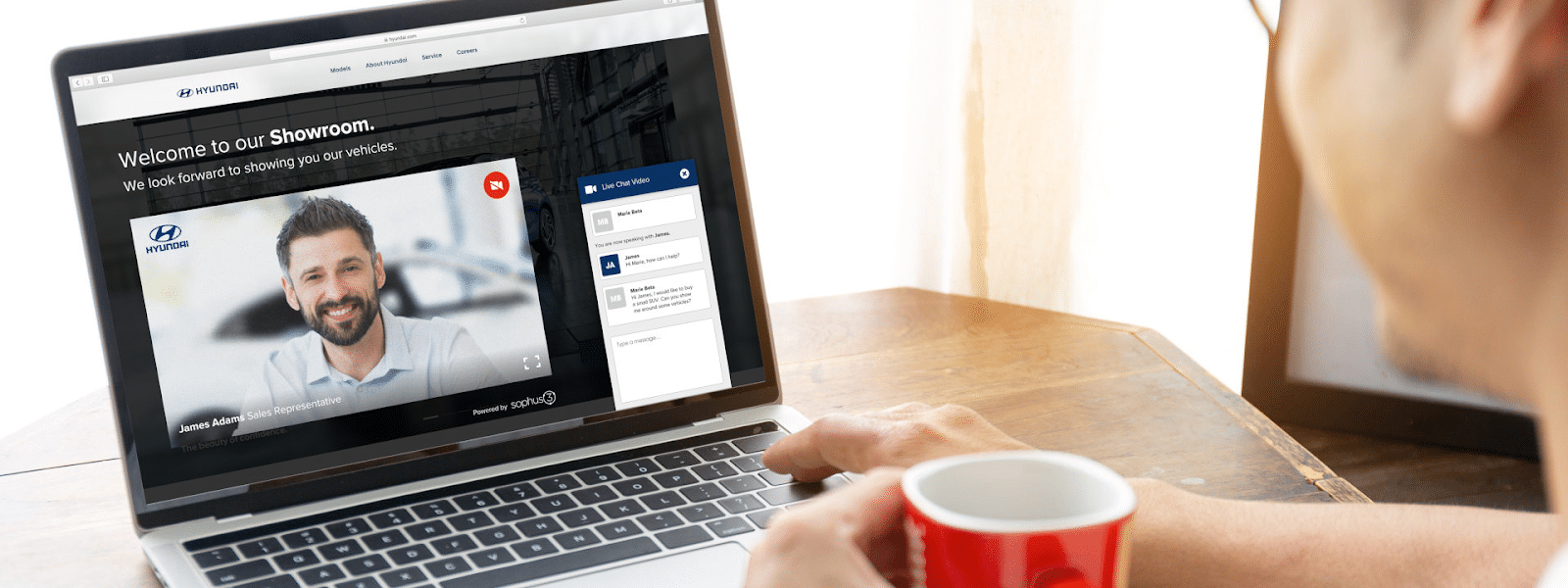3 Reasons Why Live Engagement Will Transform Your Website and Boost Your Brand
Read any digital marketing blog, and you’ll read the same thing: we’re hyper connected. But are we really engaged in those connections? Why does that even matter?
Think back about those seminars and hours passing in classrooms. You heard the teacher in the distance, their voice trying desperately to cut through your daydreams. Because hearing something isn’t the same as listening to it. That’s why teachers allow you to ask questions, and ask you questions in return. To make it interactive and to keep you engaged.
Welcome to the era of real-time marketing
The convenience online content brings is that we can watch it whenever is best for us, but the pile of blogs to go through and t videos we’ve saved is growing sky-high. What’s actually worth focusing on once we have time to consume a piece of content?
If you want people to prioritize your content over others, it should be two things: hyper-relevant and exclusive. In other words: make it live, and make them a part of it.
It’s proving its effectiveness over and over again, with 80% of consumers preferring to watch live videos from a brand than read another blog.
You show you mean business by creating live content. If someone reads an article that’s five months old, they might wonder if it’s still up to date. You can take away those doubts by hosting a webinar with a Q&A session.
With those formats, you add a layer of interaction to your content, and with that, engagement. You don’t just push out content, you start a conversation. That’s what live engagement marketing is all about. Let’s dig a little deeper and find out what it looks like, and what it could do for your brand.
Live engagement marketing is a team effort
What is live engagement marketing without an audience? You’ll need to tap into your target group and make it all about them. No need to brainstorm hours about a great ad and what it should say. You’re simply going to start a conversation.
While it’s still marketing, it’s more about connecting with your customers in real-time and answering questions. Not with FAQ pages that are the same for everyone – your competitor can do that too. You’ll do it by having one-on-ones. Isn’t that a lot of work? Yes. But it also boosts conversions, and you waste less money on ineffective ads that speak to the masses.
With live engagement marketing, you let your audience start a conversation with you on the spot, without them having to wait. They’re the ones in charge. To a certain extent, they will determine the content you’ll be discussing, by the questions they’re asking. That doesn’t mean you don’t need to prepare anything—on the contrary.
This is what live engagement marketing can look like
Live engagement marketing comes in many shapes and sizes, so to make things a little less abstract, let’s look at some examples.
Hosting a live Q&A
You can, of course, organize a webinar in which you’ll give information based on what you think is important. Or, you host a live Q&A in which your audience will guide the conversation and ask you to answer specific questions.
The people that tune in? The ones who’ve been super close to placing an order or booking an appointment, but still need a little push when it comes to information or connection.
By giving them the stage, your marketing becomes relevant to them, almost personalized. In return, you’ll learn more about what your target audience is thinking about which will help you tailor other content based on this as well.
You can use all kinds of platforms for this – LinkedIn, Instagram, YouTube, or simply your own website. Just make sure it’s easy for people to tune in and ask questions, and you’re all set.
Conversations on Clubhouse
A tad more exclusive, but still live and engaging, is hosting Q and A sessions on a platform like Clubhouse. This will allow you to connect deeply with a smaller audience, but for certain exclusive products, this will work like a charm.
Chatbots on your website
41% of consumers prefer online chat and live support when communicating with companies. No more filling out contact forms and waiting for a reply. If you want a consumer to buy something, help them do it right away.
Don’t get confused by the word ‘bot’ here: you can start out using a friendly and human-like bot, but as the conversation develops and you find out more about the customer’s needs and wishes, a human representative jumps in from your end.
With all the information you gathered, they can cut right to the chase, add some of their charms to it and seal the deal. These kinds of tactics turn your one-size-fits-all website into a one-to-one selling platform.
Where did live engagement come from?
For a while, Facebook Live was the best-known and easiest way for people and brands to go live. After its launch in 2015, many platforms followed.
But live engagement marketing really took off in 2020—partially to replace face-to-face engagement and create a sense of connection in a time when distance was key.
In a matter of one month, from March to April, the entire live engagement sector grew by 45%.
Twitch was the main source of all these viewers, where every month 1.645 billion hours of live-streamed content are being watched on the platform. Instagram saw a 70% surge in the usage of their Live Stream feature. All in all, it was a great year for live engagement.
But seeing live engagement as a temporary solution is a big mistake. It’s definitely here to stay and ready to shake things up in the world of marketing. Customers and brands alike love it. Here’s why.
3 ways live engagement benefits your business
There’s a lot to be said about the effectiveness of more ‘’traditional’’ online marketing methods. According to a report by Solve Media, you’re 31.25 times more likely to win the lottery than click a banner ad.
Now, how that’s really measured can be questioned, but ask yourself this: when was the last time you clicked a banner ad? On purpose, I should add—we all struggle with pop-ups.
Brands are looking for ways to make their marketing more effective. In many cases that means dialing down on the quantity of messages, and doubling down on the quality of them. Live engagement helps them do this, and that has three big benefits.
1. Live engagement builds trust
A blog can claim that your product is the best on the shelves, but people will recognize it as advertising—and therefore question it. Now imagine someone recommending that same product in a conversation. Not a commercial, a conversation. You’re free to express your doubts to them, out loud, and the person on the screen will clarify them for you.
Chances are, you’ll take their word over whatever that blog was saying. Even though they might have been the writers of that blog. Sneaky, right?
If you want to build real relationships with your audience, do it the way humans do best: from human to human. If they see a face that they can hold somewhat accountable and voice their concerns too, it’ll put their mind at ease and helps them trust your brand—because they trust your people.
2. It helps you tailor your products, services, and messaging
With market research tools, you can find out what the needs and wishes of your target audience is. But if you want to get real specific, supplement that data with what you’re getting out of your live engagement marketing tactics.
Live engagement isn’t just about speeding up the sales process, selling more or having the most up-to-date marketing techniques. It also helps you get to know your customers better.
With live engagement, you get data straight from the source, which will help you tailor all kinds of things. The content on your web pages, features in your app—any detail that will make your customers happier.
It’ll also help you create more effective marketing messaging, which means you’ll waste less time on testing and less money on campaigns that may look great, but don’t really work.
3. It enables personalization, which really boosts conversion
The real reason to adopt live engagement marketing? It will help you sell more.
That’s because it allows you to give personalized recommendations to your customers, based on what they’ve been telling you. This can lead to a 20% increase in sales.
Plus, it’s not just a one-time thing. It works wonders for customer retention. 44% of consumers will buy again from a brand that gave them a personalized experience.
How big brands are boosting engagement by going live
Brands like Toyota and Hyundai noticed customers spent more time researching online before coming to the dealership. Instead of showing up with a blank mind and being overwhelmed by choices, they wanted to be prepared and test only the options relevant to them.
Now, those brands host frequent live sessions showing their latest models and answering people’s questions about them. They tune in live with customers to give them personalized information on anything from lease costs to what tires a car comes with.
For Hyundai Germany, this concept got 62,000 clicks in just a few months. Toyota also got its happily ever after and now welcomes more than 200 people for test drives booked after a live chat every month—with people who are really close to sealing the deal.
Less time is wasted in the dealership on customers who are still very early in the buying process and only just ‘’browsing around’’, allowing employees to focus on the most valuable leads.
How to get your feet wet for live engagement
Tune into live sessions from other brands to get a taste of what it’s like to go live. You can always start small with a limited audience to learn the ropes. Don’t forget to ask your viewers for feedback afterwards to fine-tune it to their needs.
Sell more, understand your customers’ journey for free!
Sales and Marketing teams spend millions of dollars to bring visitors to your website. But do you track your customer’s journey? Do you know who buys and why?
Around 8% of your website traffic will sign up on your lead forms. What happens to the other 92% of your traffic? Can you identify your visiting accounts? Can you engage and retarget your qualified visitors even if they are not identified?





